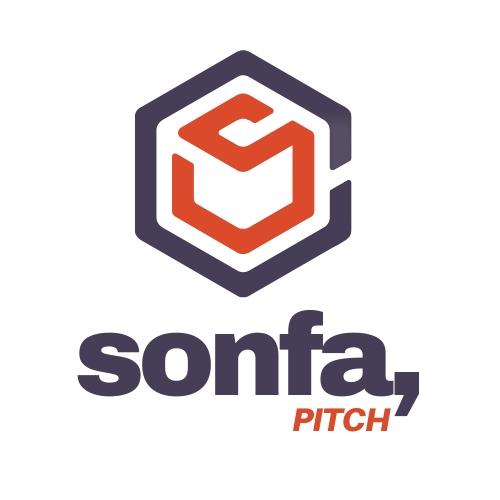You’ve probably heard the term “peak oil” where the maximum rate of production has been reached and it only decreases from that point on. We’ve also seen “peak television” and “peak music,” and there’s probably a whole lot more “peaks” that I can’t think of right now. But when it comes to audio creation and mixing, we may have already reached the point of “peak plugins.” Let me explain.

Peak plugins refers to the fact that the only new plugins that we see these days are just rehashes and evolutions of analog devices from the now distant past. For instance, does the world really need another 1176 or LA-2A clone?
If fact, what we’re mostly seeing with new plugins these days are recreations of obscure analog devices that weren’t widely used in the first place (Level-Loc anyone?). The same goes for virtual instruments, as we’re mainly seeing digital recreations of synths that were thought of as toys back in the day. That may be exciting for the developer, but for everyone else it’s “meh.”
That doesn’t mean that every software developer is afraid to think outside the box. Oeksound Soothe, Bloom and Splif, Waves Equator and IDX, and whole host of intelligent processors from Focusrite, Sonible and iZotope are not afraid to tread new ground.
Stifled Approach
The problem is that our approach to mixing processors is still firmly based in analog thinking. That’s certainly served us well during the 20+ years of digital audio, but things are beginning to move into a new AI-assisted realm, for better or worse.
As I said above, there are now some wonderful intelligent processors that do a lot of the heavy lifting for you during a mix. AI-assisted compressors, limiters, equalizers and reverbs can get us into the ballpark fast, and can even do frequency juggling to make sure that every mix element can be heard clearly.
It should be possible for a Generative Audio Workstation (GAW) to do preliminary balances for you, although I haven’t seen anything that’s been effective yet. Panning to open spots in the stereo soundfield should also be possible, but again, I haven’t seen this as of yet.
The bottom line is that the future of mixing is in streamlining many of the tasks that take way too much time today, especially for those new to mixing.
All this is to say that we’re still stuck in the analog thinking in not only a digital world in which we live, but an AI-assisted one too.
Here’s hoping that some young developers will refuse to be shackled by our old workflows and think not only outside the box, but outside the current recording studio paradigm.
We all stand on the shoulders of giants, but perhaps its time for a new set of giants. One thing’s for sure, the world doesn’t need a new digital reproduction of an analog device that no one ever heard of. We need to be past peak plugins.







